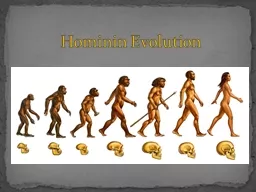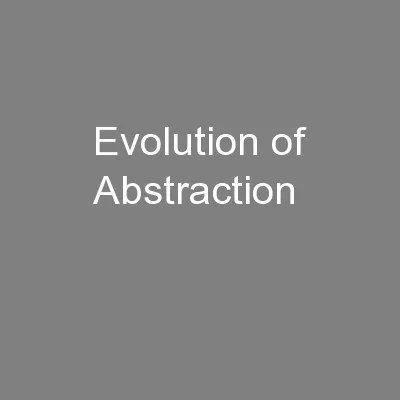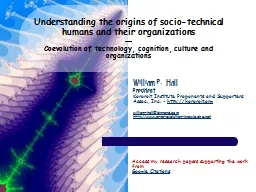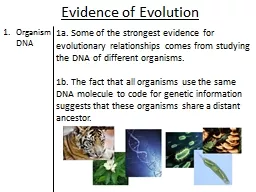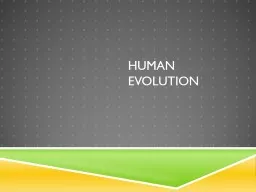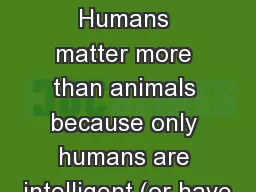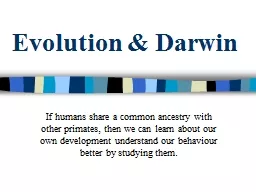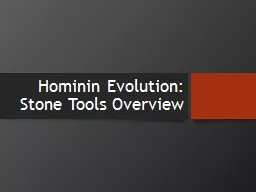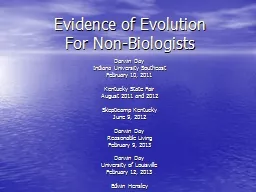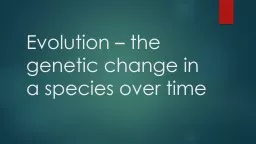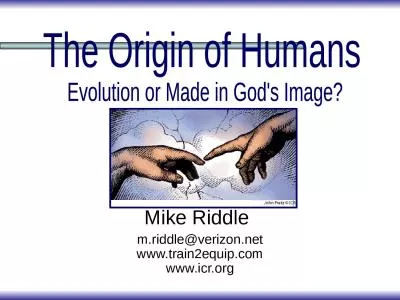PPT-Hominin Evolution Humans share
Author : debby-jeon | Published Date : 2020-04-10
an extinct common ancestor with primates Primate features Opposable thumbs thumbs can touch fingers This allows for grasping objects and climbing Large forwardfacing
Presentation Embed Code
Download Presentation
Download Presentation The PPT/PDF document " Hominin Evolution Humans share " is the property of its rightful owner. Permission is granted to download and print the materials on this website for personal, non-commercial use only, and to display it on your personal computer provided you do not modify the materials and that you retain all copyright notices contained in the materials. By downloading content from our website, you accept the terms of this agreement.
Hominin Evolution Humans share : Transcript
Download Rules Of Document
" Hominin Evolution Humans share "The content belongs to its owner. You may download and print it for personal use, without modification, and keep all copyright notices. By downloading, you agree to these terms.
Related Documents

